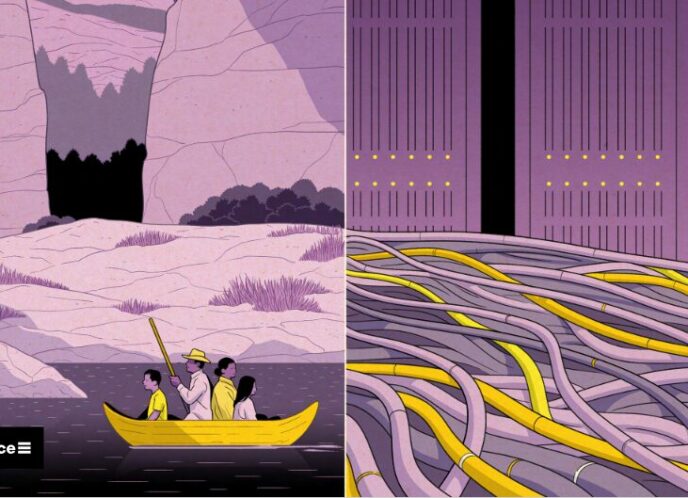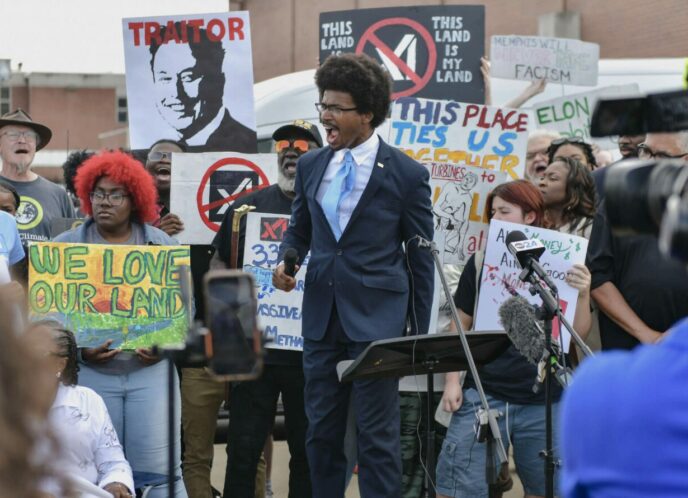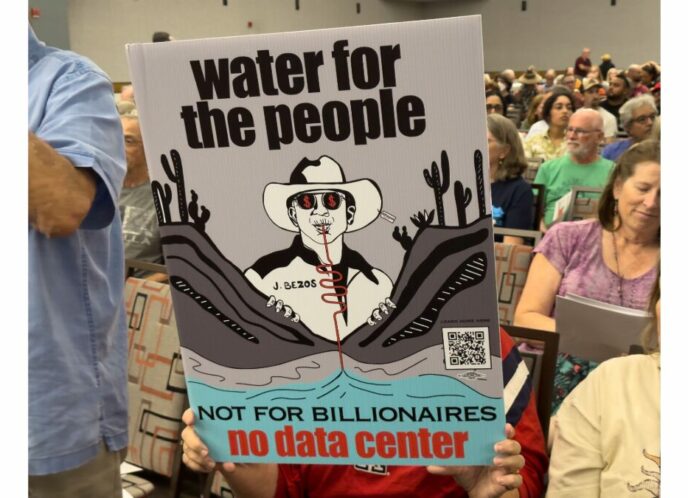Today marks the last day of the FCC's Low Power FM (LPFM) Radio filing "window." The window is the period of time when the FCC accepts applications for new LPFM stations in the US. It's kind of like tax day for radio people. Engineers estimate that over 1,000 frequencies were up for grabs and anywhere from 7,000 to 13,000 LPFM applications will be filed by the close of business today. Unlike tax day, the opportunity to apply for new stations doesn't come around every year. The fact that we even have a window is the direct result of a grassroots campaign started in the late 1990s to free up broadcast spectrum. This community radio movement spent more than ten years advocating for more access to non-commercial media and in late 2010, they found their victory in the passage of the Local Community Radio Act.
Though the legislation was a major success for the movement, the work was only just beginning. Advocates then had to negotiate with the FCC to change the rules around LPFM to make them more beneficial for local broadcasters producing original content. That meant another battle with opponents of the legislation, the National Association of Broadcasters and National Public Radio. Despite them, the FCC rewrote the rules on LPFM and included major changes that were demanded by community radio activists, including the allowance of radio stations on 2nd adjacent frequencies. That means we won the right to space small LPFM stations closer together to other stations on the dial. This might sound like a small feat, but it literally meant the difference between having the chance to get new stations in urban areas or not. Here in Philly, the rule change gave us 3 available frequencies instead of zero. As we're filing applications, we see how big an impact that is, as most of the applicants are from the top 100 markets across the US.

A DJ at community Radio station KPFT in Houston.
After the rules changes were implemented the movement waited for one last action by the FCC, the announcement of the filing window. Finally, towards the end of last year, the FCC announced the date of October 15, a date many had waited for over ten years to come. After the announcement, a count down to the filing window commenced. As a result, the last year was spent doing a final push for outreach (with the help of hundreds of organizations) and training people how to complete the complicated FCC form 318. As we counted down the months, the weeks, and the days to the window, something happened that none of us could have predicted…a government shutdown. The day we had been waiting for over ten years was thwarted by an argument over Obamacare. While some folks were angered, others saw this as an opportunity to buy more time to complete applications. It did give us a very valuable additional two weeks, which for some felt more like two months, to get more applications filed. The extended filing window made the whole event feel very anti-climactic. It should feel more exciting since this is the last time the FCC will award licenses for non-commercial radio stations in bulk. That is, this is the last frontier for radio spectrum.
A midst all the bureaucratic hurdles, we hung in there and with the close of the window today another step has been completed in the media justice movement's goal towards reclaiming public airwaves. Now we wait. The FCC will begin to process all of these applications and separate them into groups of non-competing and competing applicants. Organizations who applied will receive letters or emails from the FCC letting them know their fate. The whole process will take anywhere from 1 to 5 years. Non-competing applications will get awarded construction permits to build their station first, while those in competitions will have to wait longer to negotiate settlements or find ways to eliminate the competition. This is no easy feat considering the number of applications filed. In the mean time the community radio movement is busy helping folks start internet streaming stations, teaching basic radio production, training people in radio management, and encouraging organizations to develop a media strategy that goes beyond FM radio.

Steven Renderos of Center for Media Justice and some Detroit Girls at the Allied Media Conference, Really Rad Radio Station. The station was created to share radio skills with youth, women and other radio novices.
Organizations like Common Frequency, Prometheus Radio Project, REC Networks, and the Radio For People Coalition are doing everything possible to make sure that when these construction permits are awarded, applicants will have the infrastructure necessary to start building. They've been instrumental in the largest expansion of community radio in our nation's history. With out this community of mutual support and radio solidarity, it would be really hard to start a station since so much technical expertise and knowledge of FCC broadcast regulations is needed. Thankfully, community radio nerds are eager to share skills and pass the torch to a new cadre of media makers. The collaborative effort has included extensive information sharing, group problem solving, tracking and mapping of applicants, and a united front against big broadcasters and the FCC. It's really a testament to what's possible if we work together.
In Philadelphia where I reside, I can enthusiastically report that at least 4 really great organizations are applying to start community radio stations. Mag-Net member,Media Mobilizing Project; the Public Access TV station, Philly CAM; a large community based social service agency, Resources for Human Development; and G-Town Radio, a neighborhood online station, have all completed applications for new community radio stations. If any one of these organizations gets a license to broadcast on one of the available frequencies in Philly, we will have succeeded. To know that in my home town, we have a winning chance at taking back radio from Clear Channel's corporate control and having a platform for local voices, especially voices of color, literally brings tears to my eyes. We have been silenced too long and we have much organizing to do. Access to an inexpensive medium like radio is crucial to our survival in a city plagued with school closings, violence, unemployment, and gentrification. With the ability to broadcast and control the message we can change the frames on many of these debates and we can celebrate the rich music and art that has historically existed in our city. Needless to say, we are excited at the possibilities.
*****
 Vanessa Maria Graber is an organizer, educator, and independent media maker from Philadelphia. She currently sits on the boards of Common Frequency and the Alliance for Community Media. She is the Vice-Chair of the ACM's Inclusion, Equity, and Engagement Caucus, and a member of Philly Community Access Media. She was formerly the Community Radio Director at the Prometheus Radio Project where she contributed to the campaign to pass the Local Community Radio Act. Vanessa is also host and producer of the local news and music program, Really Rad Philly, at G-Town Radio.
Vanessa Maria Graber is an organizer, educator, and independent media maker from Philadelphia. She currently sits on the boards of Common Frequency and the Alliance for Community Media. She is the Vice-Chair of the ACM's Inclusion, Equity, and Engagement Caucus, and a member of Philly Community Access Media. She was formerly the Community Radio Director at the Prometheus Radio Project where she contributed to the campaign to pass the Local Community Radio Act. Vanessa is also host and producer of the local news and music program, Really Rad Philly, at G-Town Radio.


 Vanessa Maria Graber is an organizer, educator, and independent media maker from Philadelphia. She currently sits on the boards of Common Frequency and the Alliance for Community Media. She is the Vice-Chair of the ACM's Inclusion, Equity, and Engagement Caucus, and a member of Philly Community Access Media. She was formerly the Community Radio Director at the Prometheus Radio Project where she contributed to the campaign to pass the Local Community Radio Act. Vanessa is also host and producer of the local news and music program, Really Rad Philly, at G-Town Radio.
Vanessa Maria Graber is an organizer, educator, and independent media maker from Philadelphia. She currently sits on the boards of Common Frequency and the Alliance for Community Media. She is the Vice-Chair of the ACM's Inclusion, Equity, and Engagement Caucus, and a member of Philly Community Access Media. She was formerly the Community Radio Director at the Prometheus Radio Project where she contributed to the campaign to pass the Local Community Radio Act. Vanessa is also host and producer of the local news and music program, Really Rad Philly, at G-Town Radio. 


